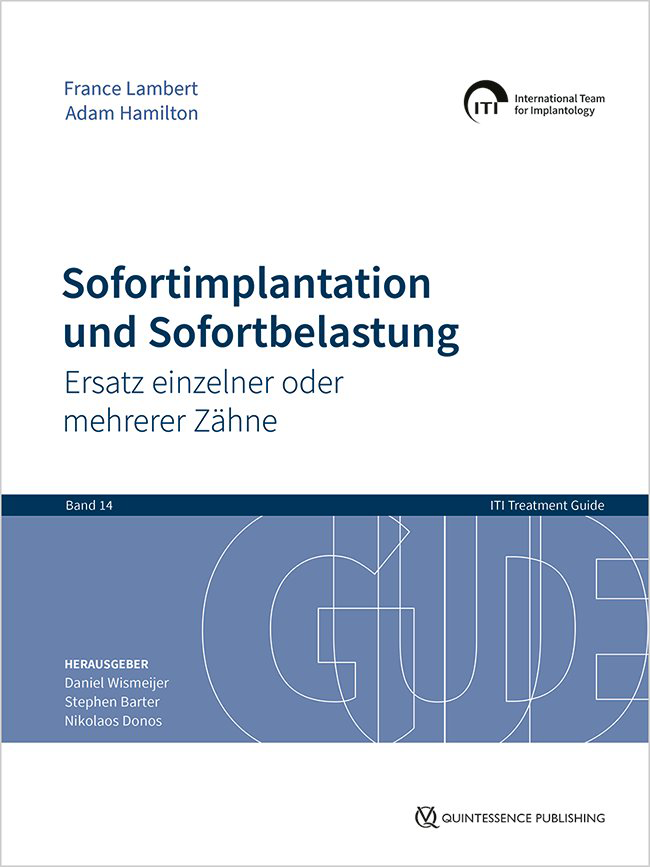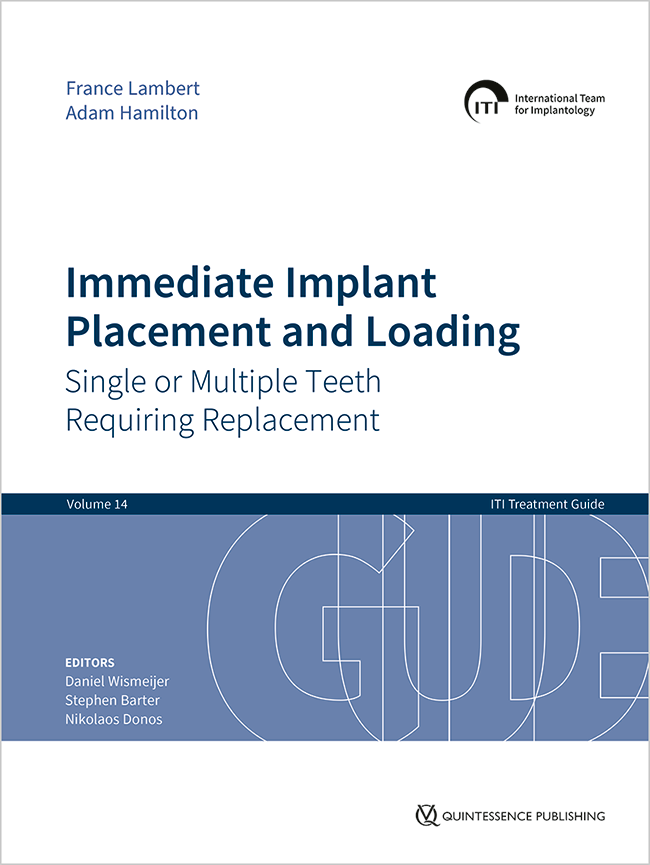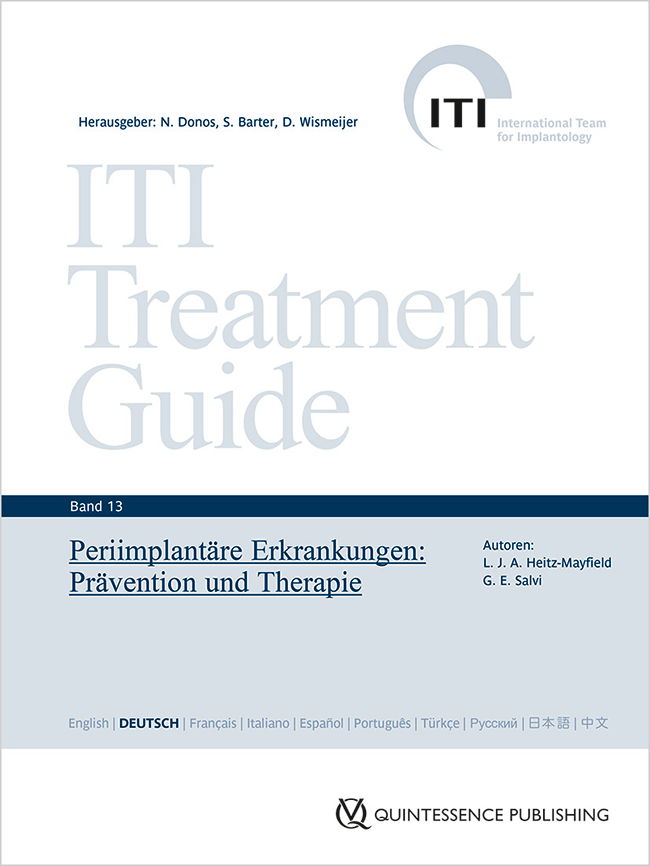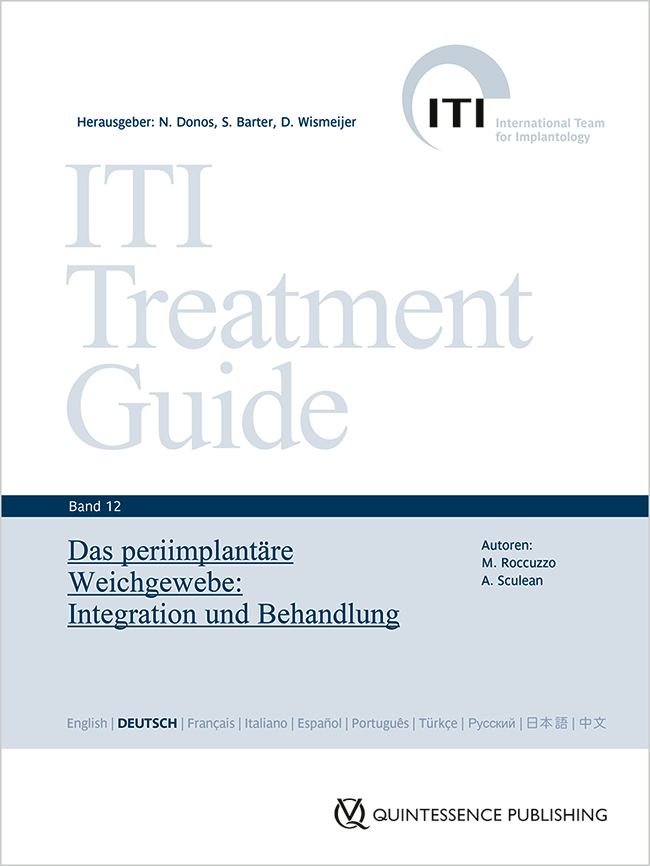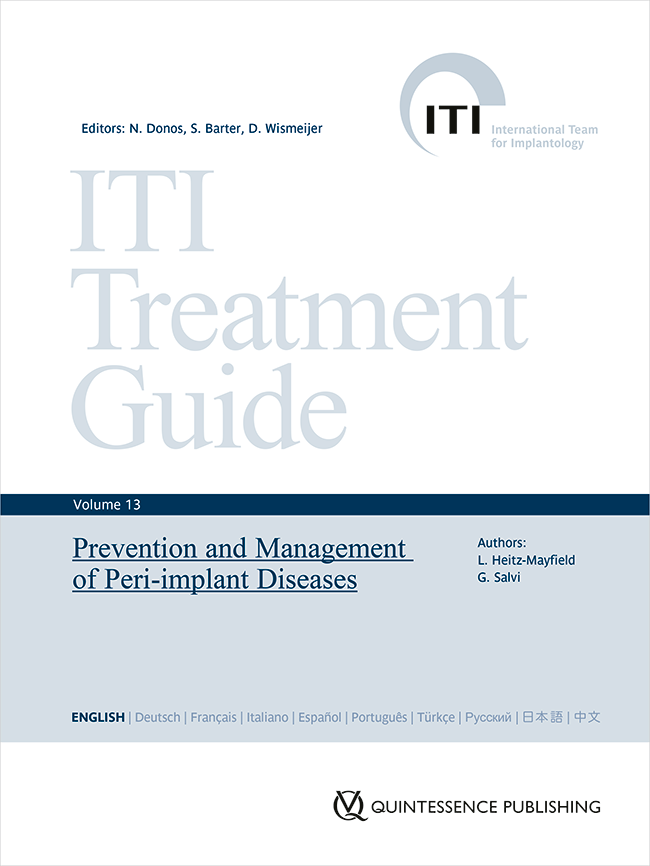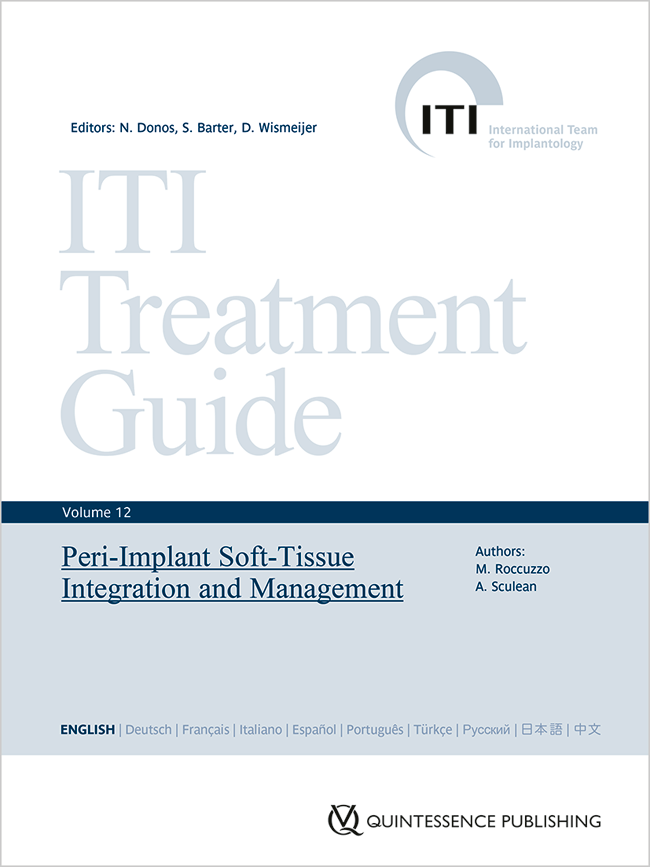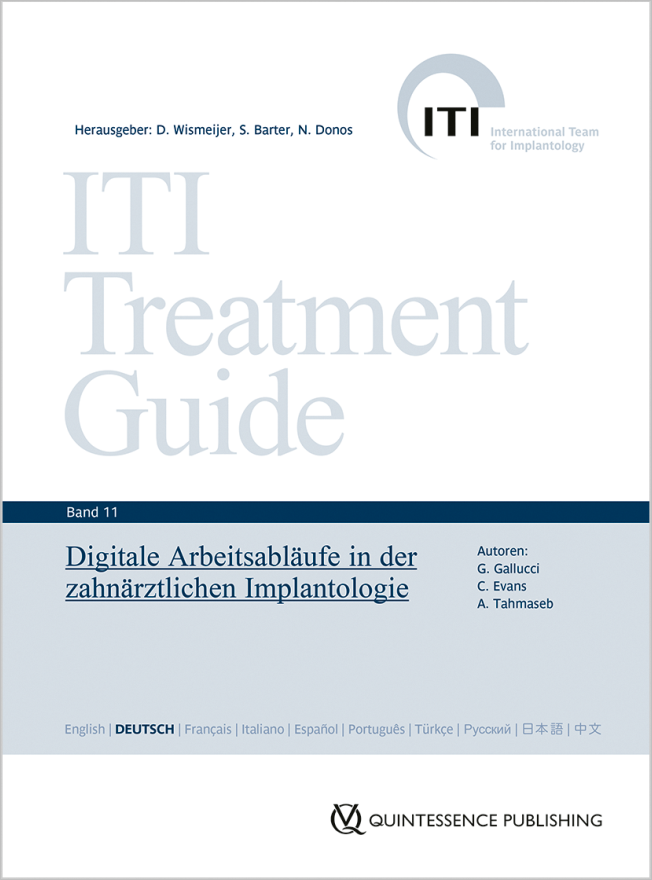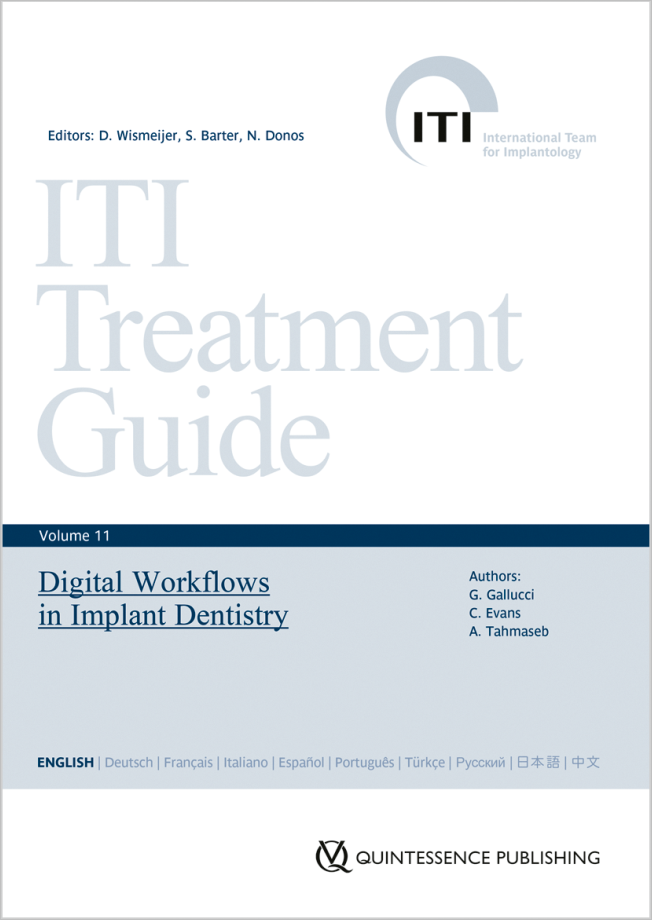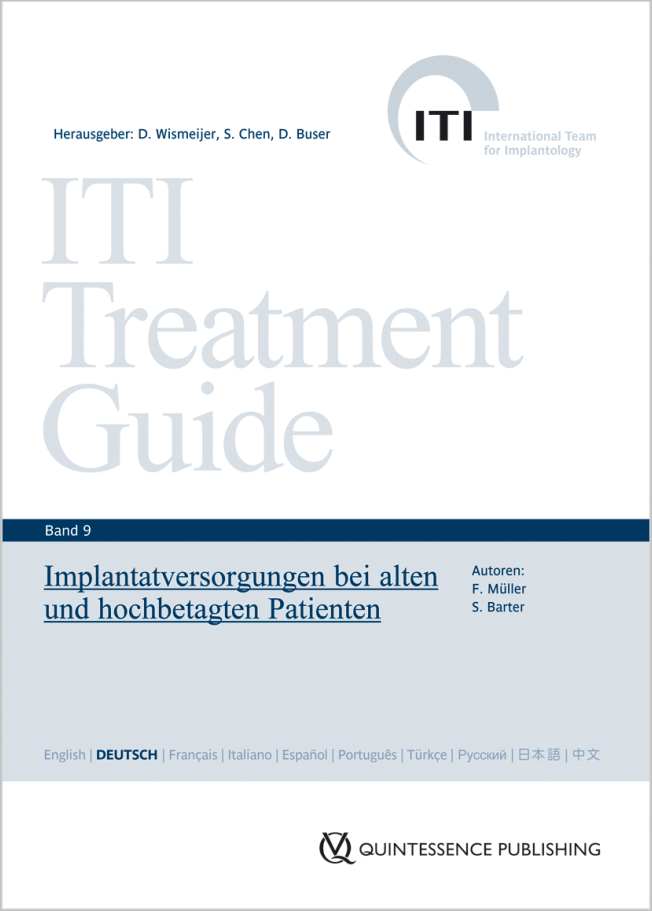2018-2
Seiten: 102-115, Sprache: EnglischBarter, Stephen / Müller, FraukeThe global burden of ageing also presents a challenge for dentistry. our patients are becoming older and losing their natural teeth later in life. It is widely acknowledged that advanced age alone is not a contraindication for implants; it is the chronic conditions of the older patient, the treatments and side effects, as well as concomitant functional impairment that may limit the survival and success rates of dental implants. For many chronic conditions, the evidence in relation to implant survival is lacking or inconsistent, for example in osteoporosis and diabetes. other conditions show similar implant survival rates to younger adults. In patients having undergone radiotherapy, implant survival rates appear lower. The only absolute contraindication for implant placement is anti-resorptive therapy in the treatment of bone metastases. In addition to risks related to chronic conditions, functional impairment, oral hygiene, immunosenescence, and patient compliance should be considered. For example, complex sophisticated reconstructions should be simplified in good time and overdenture retention adjusted to aid autonomous denture management. The decision whether or not to provide dental implant treatment to the ageing patient, even with multiple morbidities and a complex pharmcotherapeutic regime, cannot be based on the predicted outcome in terms of implant survival or success alone. It requires due consideration of the patient's life expectancy and the potential increase in quality of life, weighed against the morbidity of the procedure itself as well as potential adverse effects on the activities of daily life.
Schlagwörter: medical conditions, medications, ageing, dental implant, polypharmacy, multimorbidity
International Journal of Periodontics & Restorative Dentistry, 6/2010
PubMed-ID: 20967309Seiten: 627-637, Sprache: EnglischBarter, StephenMany studies have shown success with implants placed in grafted bone, and there is an emerging desire to simplify the treatment process by placing implants via a flapless approach using navigation or computer-aided design/computerassisted manufacture techniques. This paper reports a preliminary study of laboratory and clinical procedures that may enable flapless implant placement in patients treated previously with extensive onlay grafting of the severely resorbed maxilla, thereby avoiding secondary exposure of the grafted site. Six patients received 39 implants, with a cumulative survival rate of 97.7% over an average of 48.8 months; all prosthetic reconstructions are successful to date.





